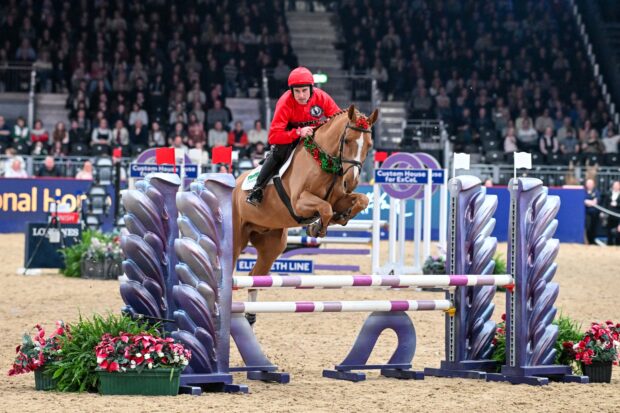A new equestrian simulator, designed to help jockeys refine their technique and improve their fitness, has been launched in conjunction with the Injured Jockeys Fund (IJF).
Racewood, a leading manufacturer of equestrian simulators for rider training and fitness, unveiled its new Racetrainer at a launch at the IJF’s Lambourn rehabilitation centre, Oaksey House, earlier this month.
Designed in collaboration with leading coaches at the IJF, the training equipment is said to promote the healthy, safe and effective training of professional and amateur jockeys by targeting key muscles, improving core strength and encouraging weight loss and cardiovascular fitness.
The mechanical motion of the Racetrainer, where the neck and body of the “horse” moves, is said to mirror the flow and movement of a real horse during a race.
Derby-winning former jockey and IJF coach John Reid said: “It is as close to the real thing as you can get.”
The Racetrainer also has a heart rate monitor and tablet to record and track progress, while users can assess their recovery period and track their anaerobic and aerobic fitness.
Strength and conditioning coach Michael Peacock is using the new piece of equipment for therapeutic purposes.
He said: “It is playing a key role in rehabilitating and improving the fitness in those riders looking to return to racing following injury.”
Jump jockey Harry Challoner is also a fan.
“Being able to link the simulator with the tablet really helps you get an idea of how your fitness is progressing,” he said.
Its inventors say the Racetrainer also has another important function: the interactive software means that research can be carried out to collect specific data on a rider’s fitness and performance, allowing for key studies into jockey training and fitness to be carried out.
This work has already been started by specialist sports science departments at universities, and by the IJF.
Ref: H&H 27 November 2014



